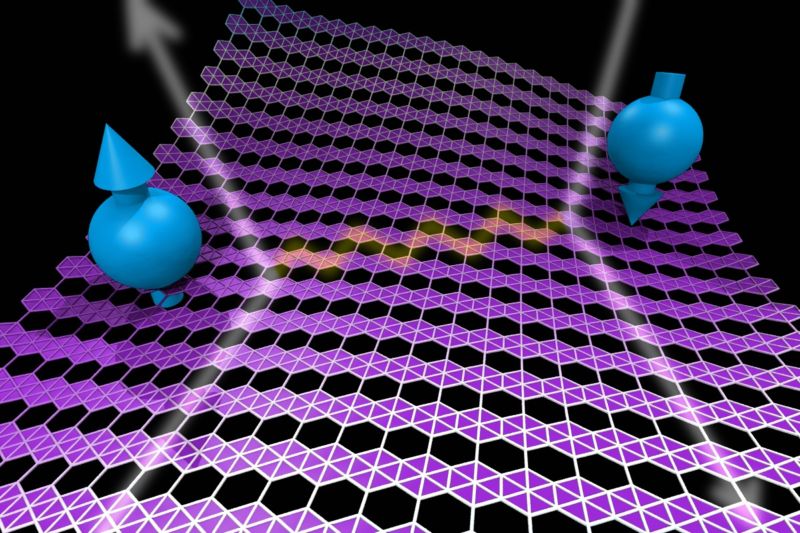Hydride predicted to be superconductive at room temperature
Ars Technica » Scientific Method 2019-09-06

Enlarge / Electrons pair up by exchanging phonons in a superconductor.
Superconductivity came with a lot of unfulfilled promises. Power without loss? Sign me up. Superconducting magnetic resonance imaging magnets? They're, ahem, cool. And CERN couldn’t operate without buckets of liquid helium to keep its magnets superconducting.
But those examples highlight the problem: pretty much all practical applications for superconductivity require liquid helium temperatures. The search for high-temperature superconductors has taken us to many weird places, including strange substances that only form at high pressure. Now we can add another of those substances to the list: a hydride that only forms under protest. Once formed, though, it may be a superconductor way above room temperature.
Why are we still looking for superconductors?
The search for superconductors goes on because current superconductors come with a number of challenges. If the magnetic field is too strong, superconductivity vanishes. Likewise, If the current density exceeds a certain limit, the resistance appears, which heats the conductor, leading to rapid—and rapidly expanding—failure. And the liquid helium needed to keep things cool in the first place is expensive.